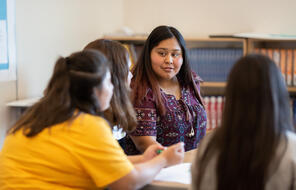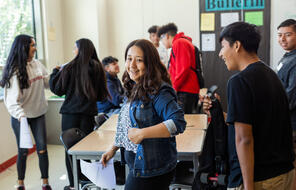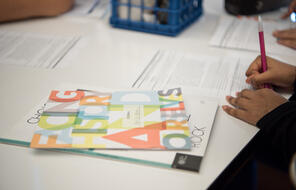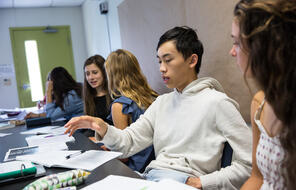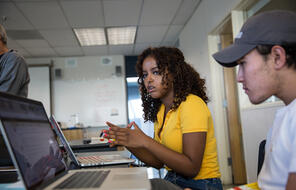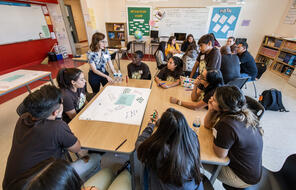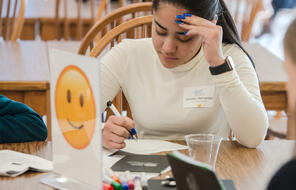Overview
What Is Shadow Reading?
The Shadow Reading strategy provides a structured way to expose students to various perspectives on a complex topic, often through first person accounts from individuals who experienced a particular event or era. It also provides an opportunity for students to practice analyzing the concept of point of view.
Lesson Plans
How to Use Shadow Reading
Variations
Letter Writing: Rather than compose a dialogue between two people, you can ask students to adopt one perspective and write a letter to a person with an opposing perspective. Once students have read the texts, ask them to do the following:

Inspiration, insights, & ways to get involved
Subscribe to our email updates


